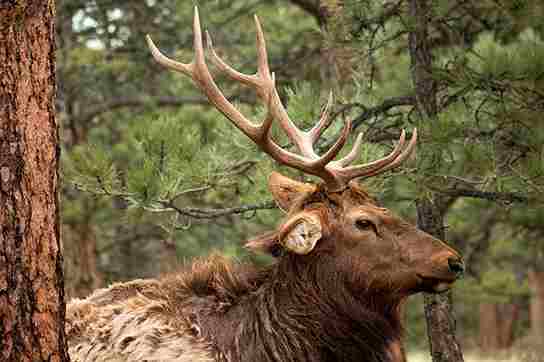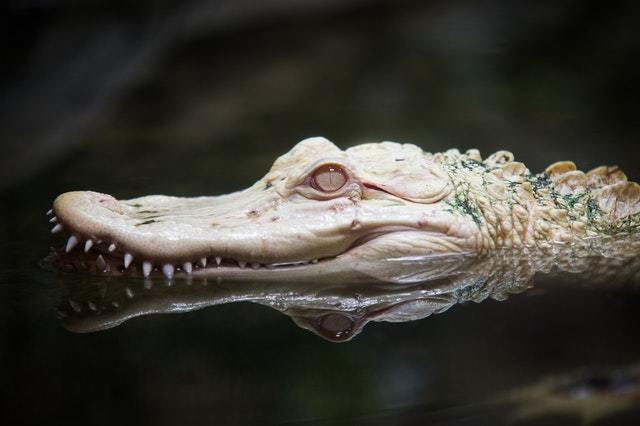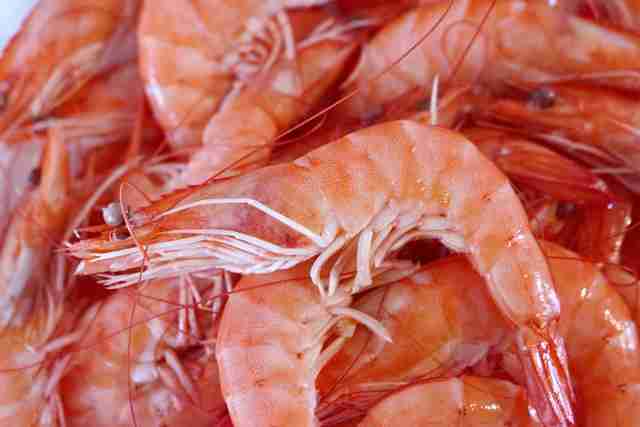How To Field Dress An Elk (Step-by-step)
If you’re an avid hunter, you would agree that field dressing a game is an essential skill to master. Properly dressing an elk in the field not only ensures that the meat remains fresh but also makes the animal easier to transport.
Don’t forget, you’re dealing with hundreds of pounds of meat. So, your best chance to pack it out of the wilderness is to dress it properly. I know this is a big job, which is why you must be up for the challenge if you’re going to do it outside a guided trip.

What Is Field Dressing?
As the name suggests, field dressing literally means to dress skin, gut, and harvest the meat of a dead animal. The dead animal could be an elk or any other game you’ve just hunted or killed. So, the internal organs or entrails of the dead animal are removed as a means to preserve the meat.
In other words, the main purpose of field dressing is to cool the game and prevent spoilage, because when the animal is bled, it reduces the body heat, allowing more air into the cavity. Because this entire operation is done on the field, it is called “field dressing” or gralloching.
Why Field Dress an Elk?
Field dressing an elk is essential for several reasons:
- Preservation of meat quality: As earlier indicated, removing the internal organs helps cool the meat faster, preventing spoilage.
- Easier transportation: Field dressing reduces the weight of the elk, making it easier to carry back to your vehicle or campsite.
- Compliance with local hunting regulations: In many areas, it is a legal requirement to field dress an elk immediately after the kill to minimize waste and prevent the spread of disease.
How to Field Dress an Elk: Step-by-step
What You’ll Need
- Sharp knife: A high-quality, sharp hunting knife is crucial for precise cuts and reduced risk of injury.
- Latex or nitrile gloves: These gloves will protect your hands from bacteria and sharp objects while field dressing.
- Rope or paracord: Use this to secure the elk and create tension for easier dressing.
- Bone saw or hatchet (optional): These can help when separating the pelvis and removing the head.
Step 1: Position the Elk
After ensuring the elk is deceased, move the animal onto its back with its legs spread apart. This position will make it easier to access the internal organs.
Use your rope or paracord to secure the elk in place, tying the legs to nearby trees or rocks if necessary.
Step 2: Make the Initial Cuts
Begin by making a shallow cut through the skin at the base of the sternum. Be careful not to puncture the internal organs, as this can cause contamination. Continue this cut down the length of the elk’s abdomen, stopping at the pelvis.
Read More: How Much Does An Elk Weigh?
Step 3: Cut Around the Genitals and Anus
For a male elk, carefully remove the penis and testicles. For a female elk, cut around the udder. Then, cut a circle around the anus, taking care not to puncture the intestines. You can use a bone saw or hatchet to separate the pelvis if needed.
Step 4: Remove the Internal Organs
Starting at the pelvis, gently lift and pull the intestines and stomach towards the head of the elk. As you do this, use your knife to cut any connective tissue holding the organs in place.
Be cautious when cutting around the diaphragm, as puncturing the stomach or intestines can contaminate the meat.
Next, remove the liver, taking care not to puncture the gallbladder, as this can release bile and taint the meat. Set the liver aside if you plan to keep it for consumption.
After removing the liver, carefully cut the diaphragm away from the ribcage, freeing the lungs and heart. Reach forward and sever the esophagus and windpipe, then pull the connected heart and lungs out of the chest cavity.
Step 5: Drain Blood and Clean the Carcass
Tilt the elk to allow any remaining blood to drain from the body cavity. This step is crucial, as blood left inside the carcass can spoil the meat. You can use a clean cloth or paper towels to wipe down the inside of the elk, removing any remaining blood or debris.
Step 6: Quarter and Cool the Meat
Once the carcass is clean, you can proceed with quartering the elk.
Remove the front quarters by cutting along the natural seam between the shoulder and ribcage.
Next, remove the hindquarters by cutting through the hip joint, taking care not to puncture the femoral artery. Finally, remove the backstraps and tenderloins by cutting along the spine and ribcage.
Once the elk is quartered, it’s essential to cool the meat quickly. Hang the quarters in a shaded area with good air circulation. If the weather is warm, consider using game bags or a portable cooler to keep the meat cool during transport.
How to Field Dress an Elk Without Gutting It
The gutless method of field dressing an elk is an alternative approach that allows you to harvest the meat without removing the internal organs. This method can be quicker and cleaner, especially for those who are uncomfortable with handling the guts.
To field dress an elk using the gutless method, follow these steps:
- Remove the hide from the animal, starting with the legs and working your way towards the spine.
- Remove the front and hindquarters by cutting along the natural seams and around the joints.
- Remove the backstraps and tenderloins by cutting along the spine and ribcage.
- If desired, you can remove the neck meat and any other remaining meat from the carcass.
Read More: Do Female Elk Have Antlers?
How to Field Dress an Elk for Mounting
If you plan to mount your elk as a trophy, it’s important to take extra care while field dressing to preserve the hide and head.
Here’s how to field dress an elk for mounting:
- Follow the standard field dressing process until you reach the step of removing the hide.
- When removing the hide, make a cut from the back of the front legs up to the base of the antlers.
- Be careful not to cut too close to the antlers, as this can damage the cape.
- Carefully skin the hide from the carcass, being cautious not to puncture or tear it.
- Cut through the neck vertebrae and remove the head, leaving it attached to the hide.
- You can consult with a taxidermist for further instructions on how to preserve and transport the head and hide.
What Knives Do You Need to Field Dress an Elk?
To field dress an elk, you’ll need a few knives that are quite different from a traditional knife:
- Hunting knife: A high-quality, sharp hunting knife is crucial for making precise cuts and reducing the risk of injury. Opt for something strong and durable with a comfortable grip.
- Boning knife: A boning knife has a narrow, flexible blade that makes it easier to separate meat from bones and joints. It is particularly useful when quartering the elk.
- Skinning knife (optional): A skinning knife has a curved blade designed for efficient removal of the hide. While not strictly necessary, it can make the skinning process smoother and faster.
How Long Does It Take to Field Dress an Elk?
The time it takes to field dress an elk can vary depending on how you choose to go about it, as well as your experience as a hunter. For a novice, it can take anywhere from 1 to 3 hours. It will make things easier if you’re working with someone. In this case, it can take 90 minutes or less.
In general, with practice and experience, field dressing an elk can be completed in under an hour, even if you’re working alone.






